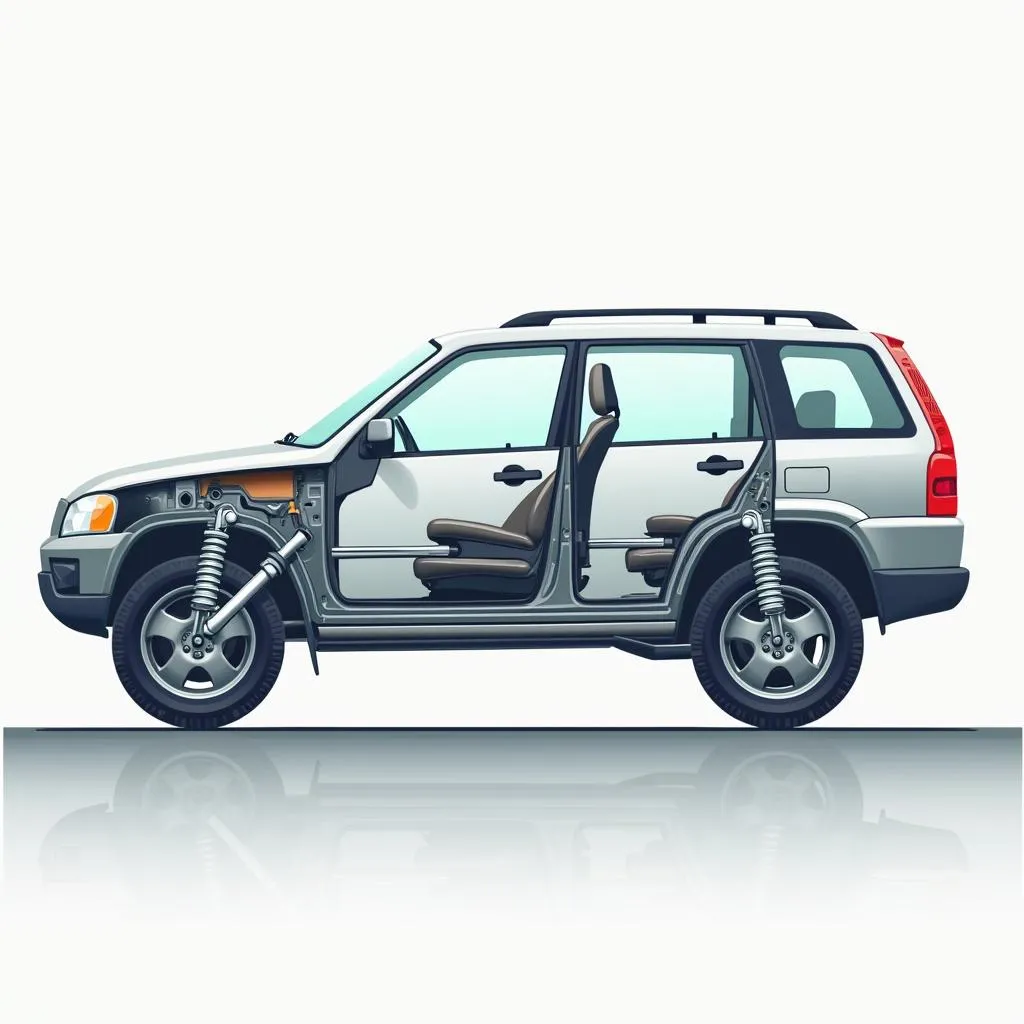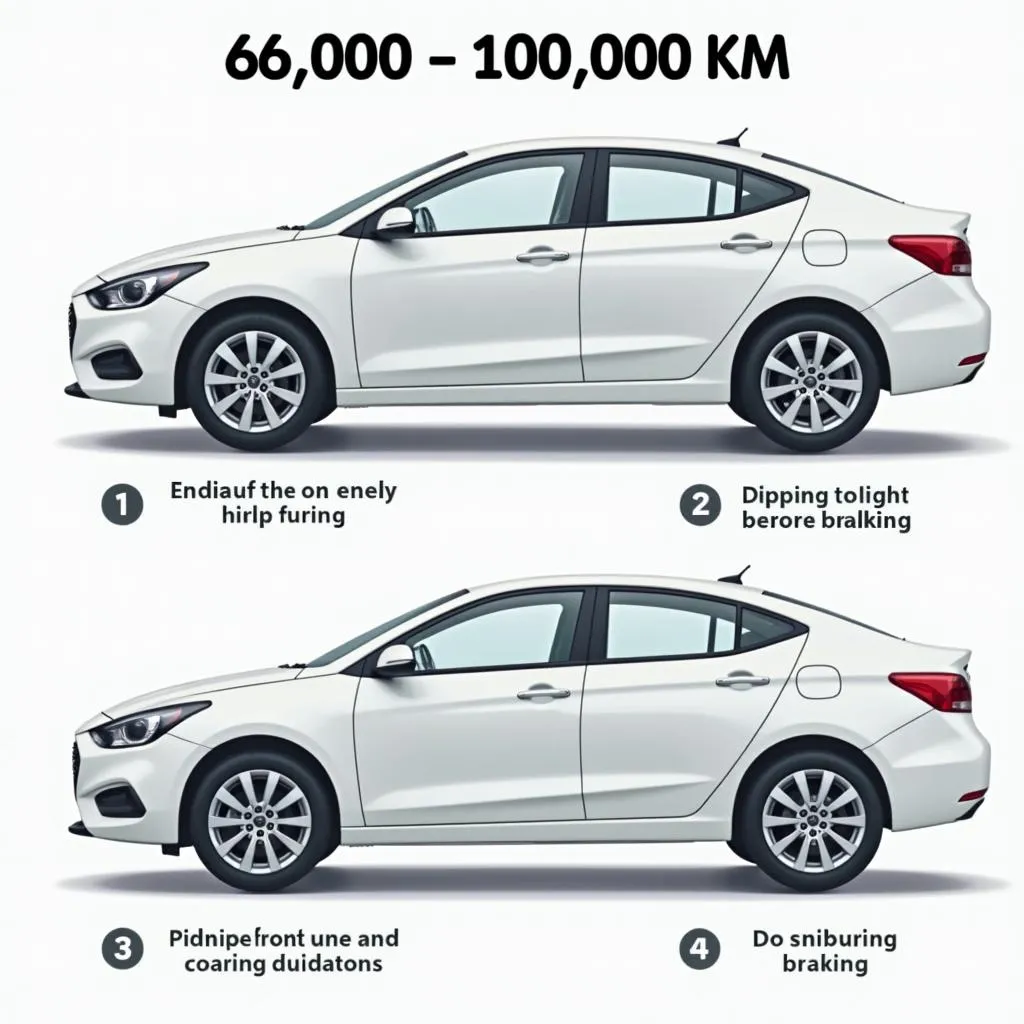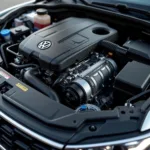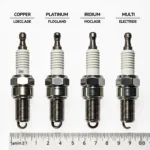As car owners, we know how important maintaining our vehicles is. One part that is often overlooked is the shock absorbers. But how long do shock absorbers actually last? And when is it time to replace them?
In this article, we will look into the lifespan of shock absorbers, the signs of worn shock absorbers, and give you valuable tips to extend their life.
What Are Shock Absorbers and What Do They Do?
Before we delve into their lifespan, let’s first clarify what shock absorbers are and the vital role they play in our vehicles. Shock absorbers are essential components of the suspension system and are crucial for safe and comfortable driving behavior. They dampen the oscillations of the springs that occur when driving over bumps. Without shock absorbers, the vehicle would continue to oscillate uncontrollably after compression, which can lead to a loss of road holding and extended braking distance.
 Diagram illustrating the function of a shock absorber in a car's suspension system
Diagram illustrating the function of a shock absorber in a car's suspension system
How Long Do Shock Absorbers Last?
The lifespan of shock absorbers depends on various factors, including driving style, the quality of the shock absorbers, vehicle load, and road conditions. On average, however, shock absorbers should last between 60,000 and 100,000 kilometers (approx. 37,000 to 62,000 miles).
“The lifespan of shock absorbers, like that of people, is very individual,” says Dr. Markus Schmidt, suspension expert at ADAC. “There are vehicles that are still driving with their first set of shock absorbers even after 150,000 kilometers, while others need replacement after only 50,000 kilometers.”
Signs of Worn Shock Absorbers
Worn shock absorbers can significantly impair the vehicle’s handling. Therefore, pay attention to the following signs:
- Extended Braking Distance: Worn shock absorbers can extend braking distance, especially at high speeds and on uneven roads.
- Excessive Vehicle Bouncing: If the vehicle bounces excessively after driving over a bump, it is a clear indication of defective shock absorbers.
- Unstable Handling in Corners: Worn shock absorbers lead to increased body roll and an insecure feeling when cornering.
- Uneven Tire Wear: Defective shock absorbers can cause uneven tire wear because the tires no longer maintain optimal contact with the road surface.
- Clunking Noises: Knocking or clunking noises from the suspension area can also indicate defective shock absorbers.
 Visual representation of signs of worn shock absorbers, such as uneven tire wear or excessive vehicle bounce
Visual representation of signs of worn shock absorbers, such as uneven tire wear or excessive vehicle bounce
Tips for Extending the Lifespan of Shock Absorbers
Although wear and tear on shock absorbers is a natural process, you can take some measures to extend their lifespan:
- Avoid driving over potholes and other bumps at high speed.
- Ensure even loading of the vehicle.
- Have your shock absorbers checked regularly at a workshop.
When Should Shock Absorbers Be Replaced?
As soon as you notice any of the signs mentioned above, you should have your shock absorbers inspected at a workshop. Generally, it is recommended to have the shock absorbers replaced every 60,000 to 80,000 kilometers (approx. 37,000 to 50,000 miles).
When replacing shock absorbers, you should always have both sides replaced simultaneously to ensure consistent handling. Did you know that some manufacturers like Sachs or Bilstein offer special shock absorbers? You can learn more about this in our article “Sachs or Bilstein Shock Absorbers?”.
Conclusion
Shock absorbers are an important component for the safety and driving comfort of your vehicle. By recognizing the signs of worn shock absorbers and following the tips above, you can extend their lifespan and ensure safe driving. If you are unsure whether your shock absorbers are still in good condition, we recommend having them checked at a workshop.
You can find more interesting topics related to vehicle maintenance here:
- Air Shock Absorbers
- VW Golf 7 Front Shock Absorber Replacement Cost
- Audi A6 B4 Avant
- Ford Focus Inspection
Visit our website autorepairaid.com for more helpful information about repairing and maintaining your car!

